In 2015, the National Highway Traffic Safety Administration said that there are around 75,000 tire-related accidents that occur annually. Moreover, this type of accident takes the lives of 700 people. It is reported that the months including May to October are considered the “tire-blowout season” due to high cases of tire blowouts during the hot climate season.
A tire blowout is the rapid loss of air pressure in your car tires. There could be several factors for this event to occur. One of the most common causes of a tire blowout is an object cutting through your car tires. Another reason is due to high temperature. Just like what we learned in high school, high temperature causes the pressure to increase – this causes unwanted tire blowouts.
Filling your tires with air is not rocket science and it should be an essential skill to hone especially if you drive daily. Low pressure on your tires can cause you to lose control of your car and might result in unwanted accidents.
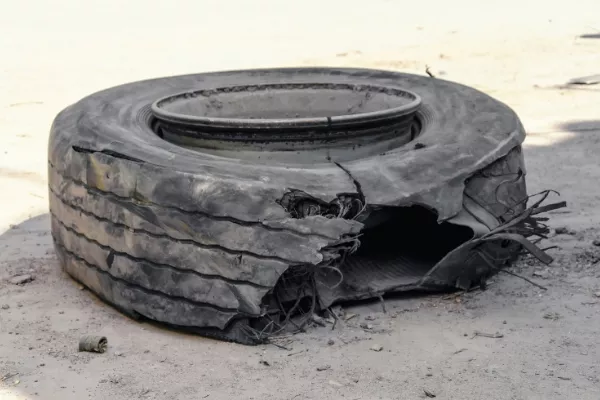
A tire blowout is the last thing we want especially when driving on highways
Here in the Philippines, most gas attendants put air into our tires especially after putting up air in tires at the gas station. We just usually leave a tip then off we go. However, what if for some unfortunate reasons, you find yourself in places where these services are not available for the moment?
Well, we got you covered. For that, we have decided to a list of things to do when you ever experience encountering a flat tire and how to put air in car tires at home.
1. How to put air in your tire: First things first
If you don’t have a tire pressure gauge with you, then you should be keeping one in your car by now. A tire pressure gauge is used to measure the pressure of your tires.
These gauges are very light and compact so you can use it with ease. Tire pressure gauges here in the country only cost for around Php 200 to Php 1,000 – prices can go higher if you wish to own one with better quality.
Check your owner’s manual for the recommended tire pressure by your car manufacturer. If you don’t feel like reading your manual, then you can check for the recommended tire pressure on your car placard. This placard contains information like the recommended rim size, tire size, and tire pressure for your car.
It is usually placed near your door. The average tire pressure is between 30 psi and 35 psi – but again, it’s better to check what is specifically recommended for your car depending on the payload.
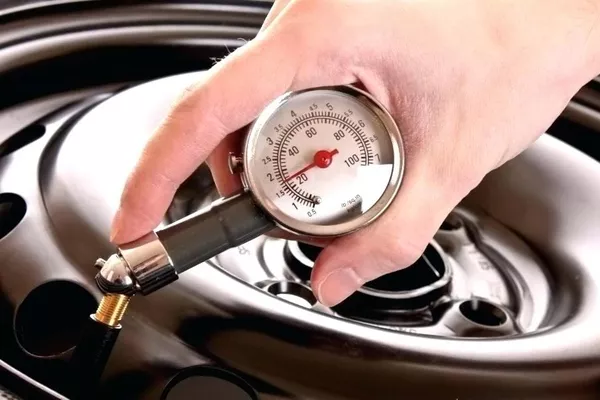
Check your spare tire’s inflation pressure first
>>> Related: How to prevent a flat tire - 7 handy tips for Pinoy drivers
2. How to put air in car tire: Inflation process
After checking the tire pressure to prevent underloading and overloading, you should park your car as close to the tire pump where its hoses can reach all four of your tires.
There are stationary tire pumps where you can find in your local gas stations – which comes with automatic tire pressure gauge, then there are portable tire pumps that you can bring with you at all times.
If you plan to buy one yourself, then it could cost you from Php 2,000 to Php 8,000.
How to Inflate Car Tires
Here are some tips on how to put air in car tires:
#1. The first tip to remember – and this is very important – is to not check the tire pressure of your car if the tires are hot. Tires with high temperatures tend to give a higher pressure reading. Let it cool down a bit, then you can now give it a go.
#2. Remove the valve stem caps first. Don’t worry, it won’t leak out air just yet so you can concentrate on hooking the pump to the tip of the air valve of your tires. This can be tricky at first and kind of nerve-racking especially when you hear air hissing out your tires. We recommend putting the valve stem cap in your pocket to avoid losing it. Trust us, this works.
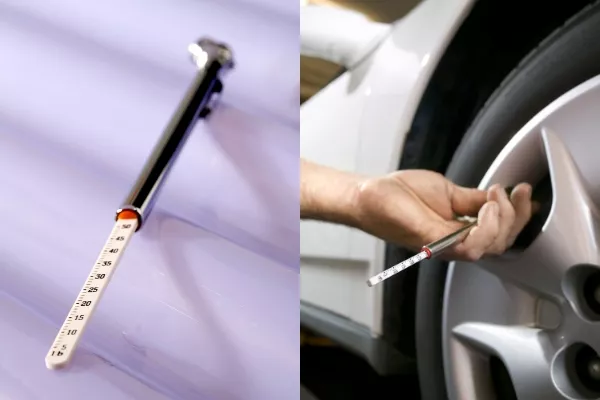
You can use the back of the head of your stick gauge to release some air in case you put a bit too much
#3. When putting air into your car tires at home, use two hands. Remember, you are working with pressure. Once you hooked the pump to your tire’s air intake valve, avoid any air hissing sound – this only indicates that you are doing it wrong. Hold it firm and tightly then wait for at least 4 seconds before checking your tire pressure with your tire pressure gauge.
#4. In case you haven’t heard, Nitrogen-filled tires can help slow the loss of tire pressure because Nitrogen escapes more slowly than air.
Other benefits include saving you fuel, reduce tire-maintenance cost, and cause less corrosion on your wheels since Nitrogen produce less moisture inside your tires.
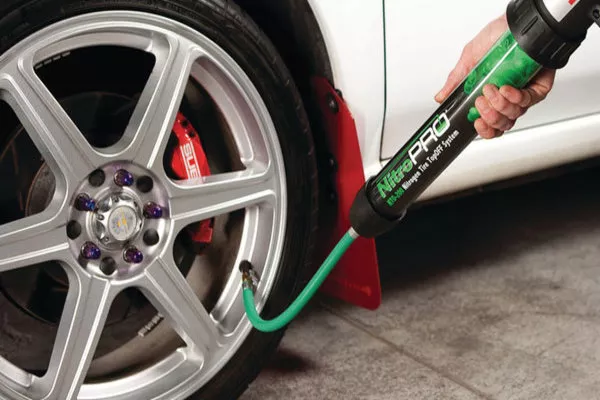
Nitrogen is less able to escape from the tire and permeate rubber
#5. Remember, be patient. This can take some time, especially for first-timers. Do not stop unless your car reached the recommended tire pressure. You might have to do it all over again if you stay complacent and say it’s good to go. Do this process to all of your four tires to ensure balance on all sides.
>>> Related: The pros and cons of filling tires with nitrogen: Is it worth the hassle?
3. How to put air in car tires at home: Final touches
- Check the pressure using your tire pressure gauge and see if it matches the recommended tire pressure issued by your car manufacturer. If it matched, then you are now good to hit the road.
- Now, you are capping your tire’s air intake valve. Where do you find your valve stem cap? Yes, your pockets. See, we told you it will be handy. Keep this discipline at all times to reduce the risk of losing them.
- If somehow the tire pressure of your car seems to not increase, then your car most likely is punctured by debris while you were driving. We recommend you to drop by to your local tire dealer and get yourself a new set of tires or at least have them repaired.
- Remember, safety first, the cost comes second. Having a new set of tires will reduce the risk of you involving in a tire-related accident for the next 100,000 km to 160,000 km. In addition, new tires increase the ability of your car to stop, go, and turn. They can really be expensive so be careful next time as to where you will be driving with your new set of tires. The last thing we want is for you to buy another set of tires.
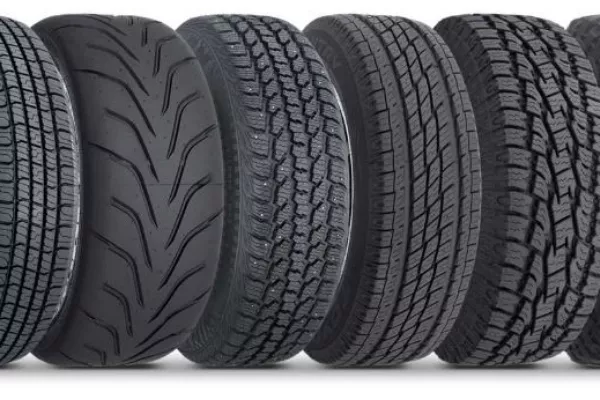
You can visit your local tire dealer to see all the different types of tires that best suits you
If you don’t feel like driving with a flat tire to the nearest air pumping station, then you can just park your car to the side where you aren’t blocking the traffic and call for roadside assistance.
There is no need to risk yourself out on the road and people would surely understand why you pulled over if you ever caused any inconvenience to them. Remember that safety first should be followed at all times.
Here at Philkotse.com, we value your interest in the auto industry. You can visit our website to find out more.
Recent posts
- Fix-a-Flat and Tire Pressure Monitoring System: What you need to know Feb 08, 2021
- Tire pressure monitor keeps lighting up: What you need to know Mar 13, 2020
- The difference between full-size and temporary or "donuts" spare tires Feb 03, 2020
- [Philkotse guide] Everything you need to know about self-inflating tires Aug 16, 2022
- 4 questions to ask when choosing the best tire for your car Nov 17, 2022












